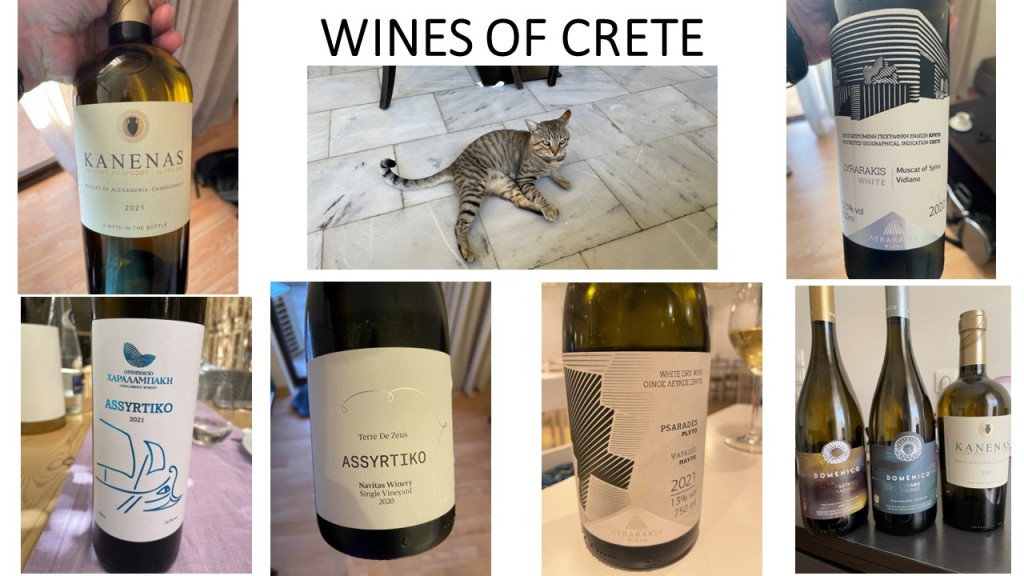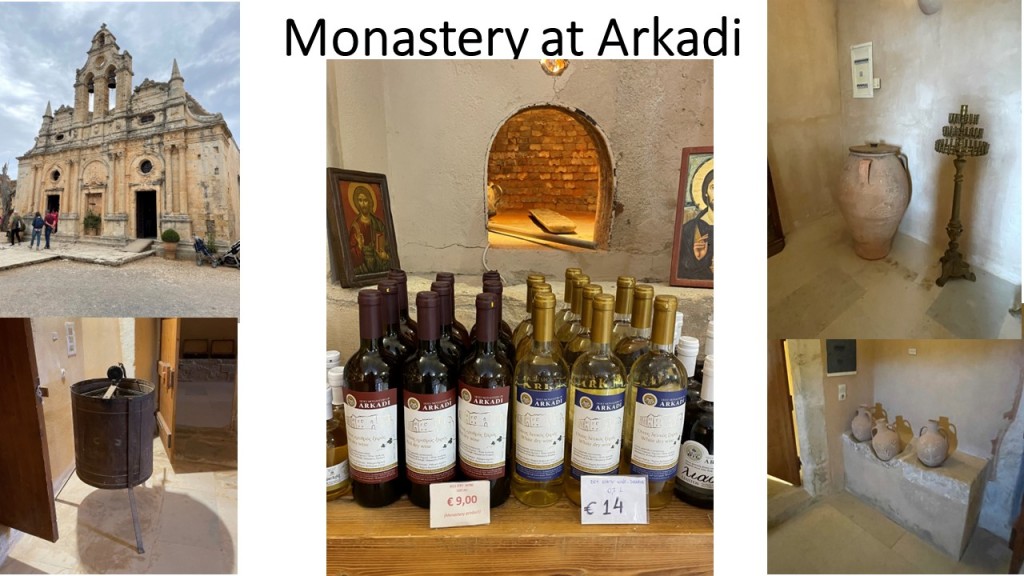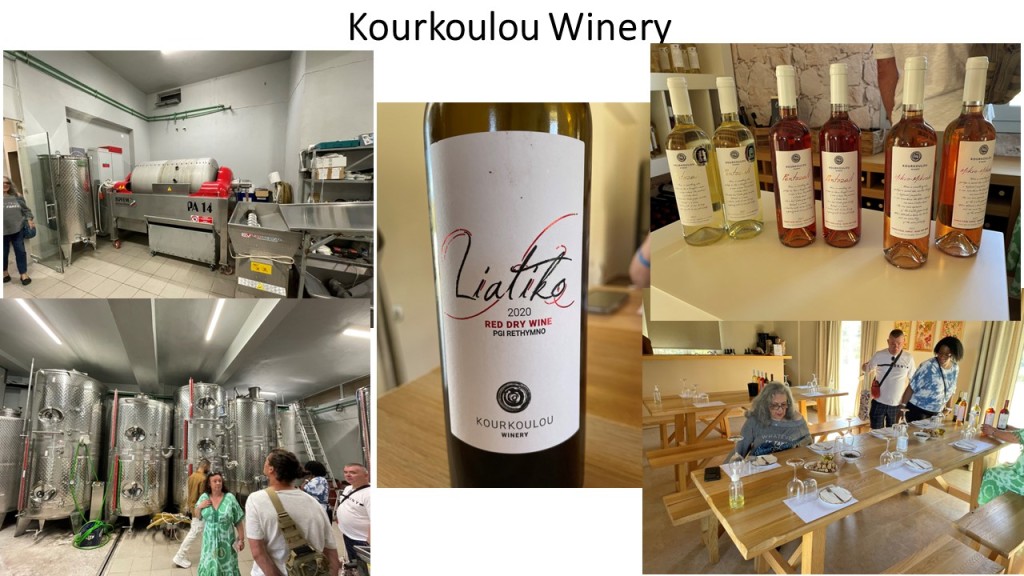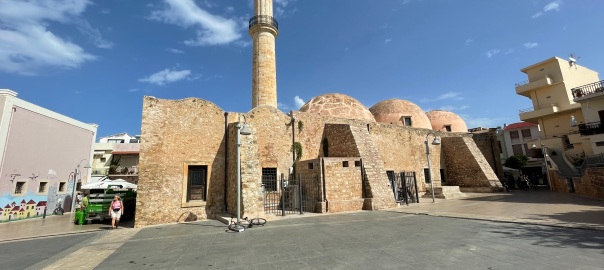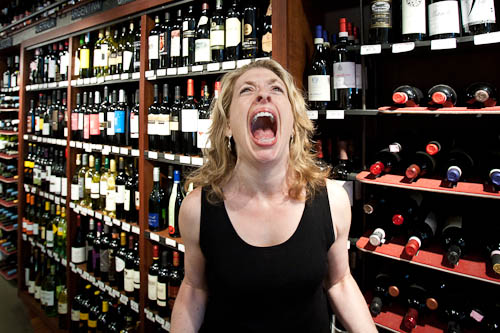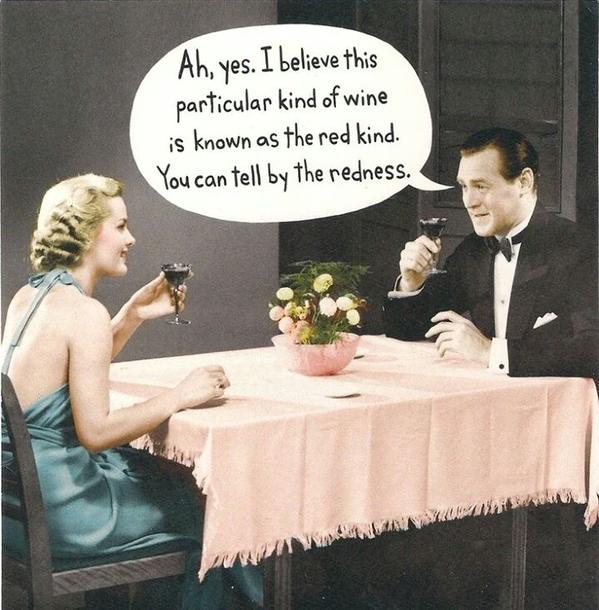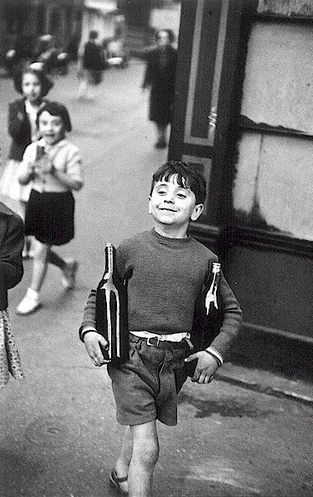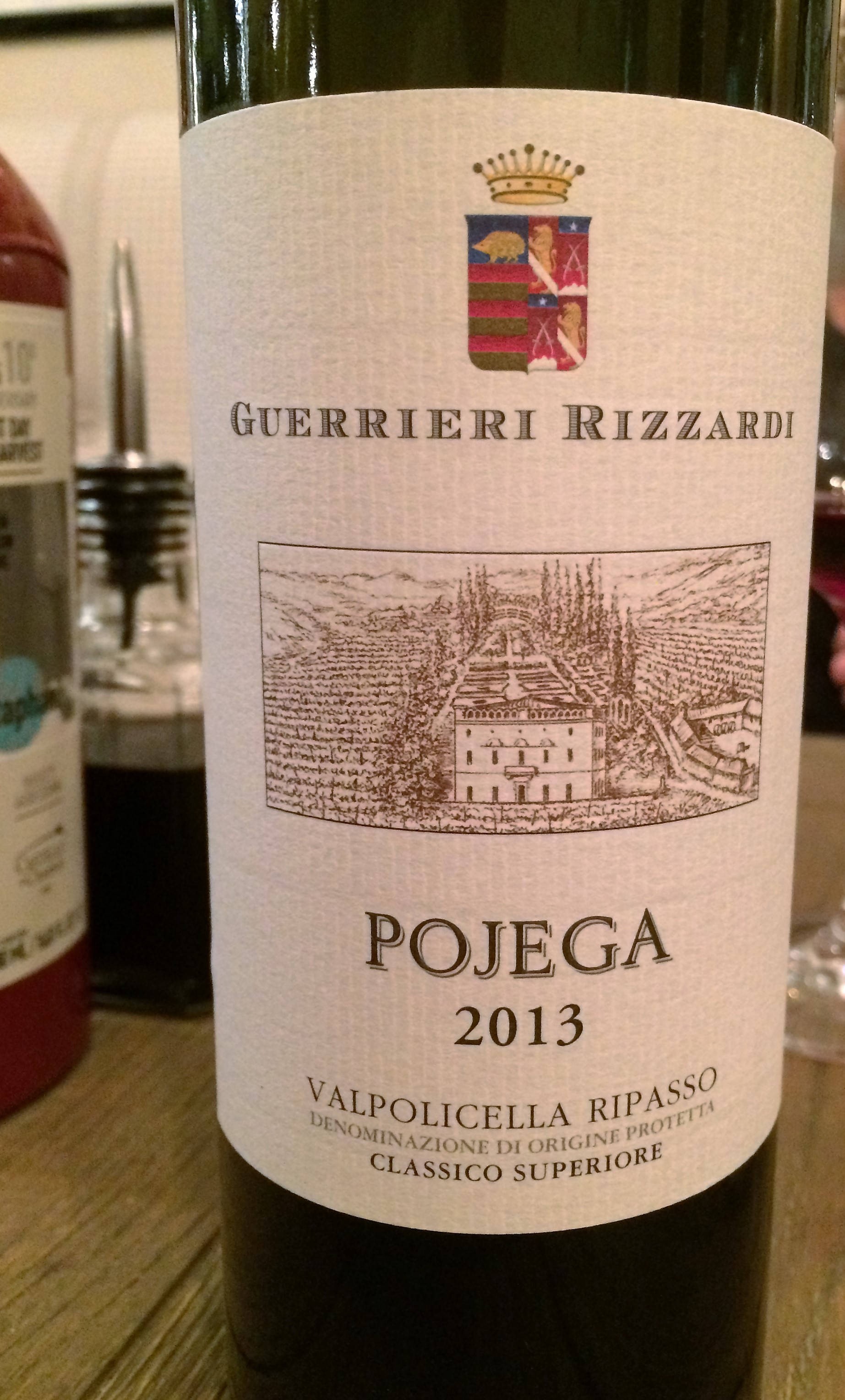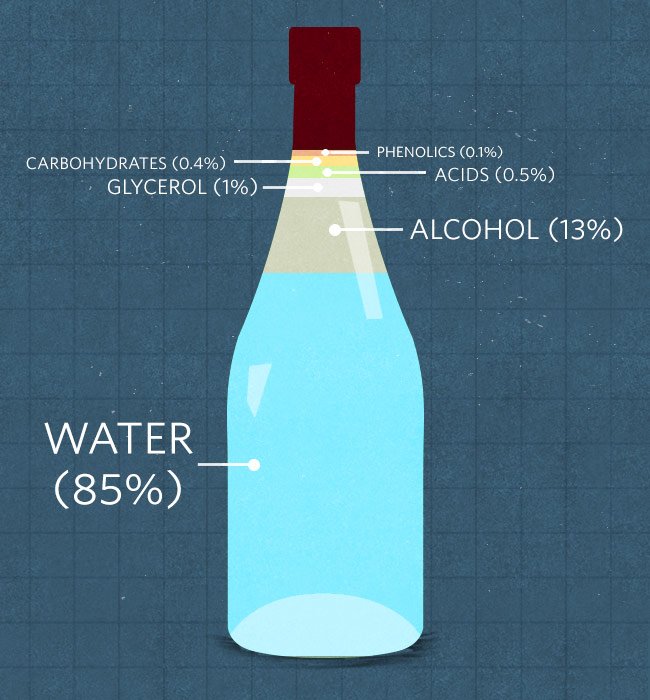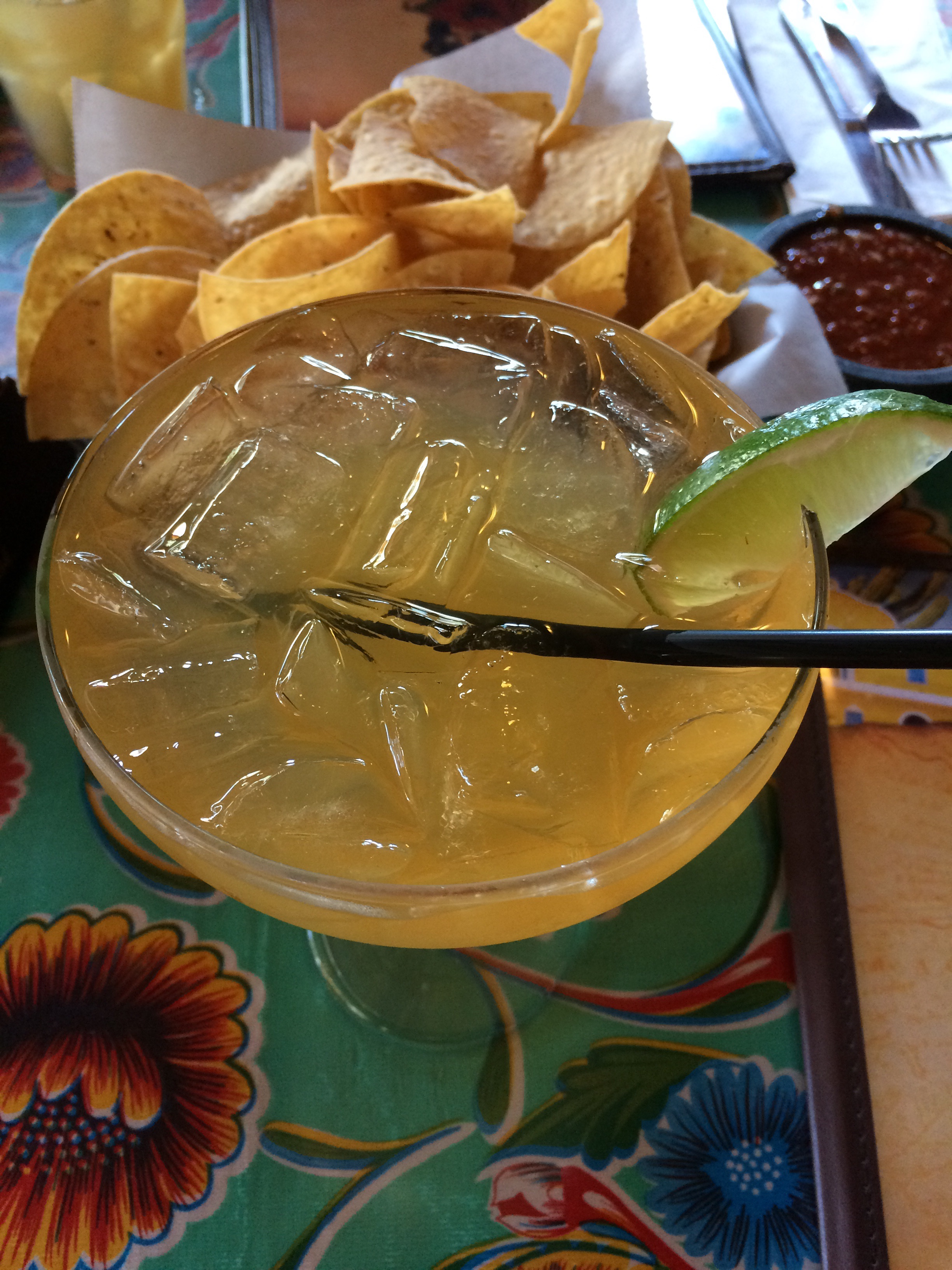I was invited to an industry-only tasting in London yesterday. Titled “Artisans of Australian Wines,” it featured 43 labels being introduced by 15 British distributors. Held during the day at Cargo, a trendy nightclub in the Shoreditch area of London, the event was both fun and very interesting.
I had heard of exactly none of the 43 labels before the tasting. Indeed, most are smaller producers who do not export to the U.S., and who are just trying to break into the British market. I spent about 3 hours exploring, tasting, speaking to the people pouring (sometimes someone from the winery/vineyard, but most frequently someone from one of the distributors). I did not taste everything (there were at least 200 wines), not even close. But I will give you my impressions of what I did taste and who I did meet. And I will list all of the labels at the end of the blog post, in case you happen across any of them.
General impressions: there were some very nice wines here; in fact, most were very good or better. That would make sense, as they had been vetted by the distributors. Australia has no restrictions on who can grow what grapes where, and no blending rules, like there are in France and Spain, therefore, there is a great variety of both the varietals grown and the blends that are produced. There were a couple of wines that did knock my socks off, but only a couple. That said, pretty much all of these wines could have a place in my cellar or on my table or both.
So with my apologies to those labels that I did not get to taste (mostly in that really crowded section in the front room), let’s see what I did taste.
Adelina and VineMind Wines: The winemaker, Col McBryde was here pouring wines from his two labels. He produces about 2,000 cases/year and has been exporting to the UK for 6 years. Of most interest to me are his Rieslings, one from each label – both nicely balanced with minimal residual sugar.
Yangarra Estate: Nicely polished, well-crafted wines from a producer owned by Jackson Family Wines of California. Winemaker Peter Fraser (Australian Winemaker of the Year for 2016), has crafted two wonderful McLaren Vale Grenache wines from single vineyards. The 2013 High Sands Grenache is of particular note.

Chalmers Wines: Kim Chalmers, daughter of the owner, was pouring the Chalmers Wines at the tasting. I tasted four of the ten Italian varietal wines (3 labels) on hand – a 2014 Vermentino, which was one of the best whites I tasted all day – smooth, velvety, with green fruit and a hint of minerality on the finish – simply excellent. The 2013 Fiano, a varietal I had not previously encountered, was like a younger sister to the Vermentino in character – which makes me think that the winemaker has a large influence on the wines. The red, I tasted, a 2015 Nero d’Avila, was well-structured but young – it needs some time. The 2016 Schioppettino, under the Chalmers Project label, was tannic and bold, with red fruit and a strong finish. Another varietal that is new to me.

Castagna Wines: The father and son team of Julian and Adam Castagna were presiding over their table with aplomb. Their Rhône-focused vineyard & winery deliver the goods. Their wines were consistently well made and nicely balanced. I tasted 8 of 9 wines available (choosing not to taste their Shiraz Vermouth). Standouts were the 2016 Rousanne, bottled a week ago, and already moving toward becoming a great white wine. The highlight, however, is their 2008 Sparkling Genesis Shiraz-Viognier, a dark red sparkler that delivers great taste and can be paired with just about anything, including meat. This is an amazing wine.
Bill Downie Wine: Apparently, Bill Downie is fairly well-known in Australia as a producer of small quantity, high quality wines. The lone representation of his work, sitting at the end of a table where about 5 other labels were being poured by distributor reps, would have been easy to overlook – in fact, I did on my first pass. Only after reading about it in the catalog did I return to try the 2015 Riverland Biodynamic Petit Verdot. This was my favorite wine of the day. I liked everything about it – the nose was beautifully balanced, inviting you to taste, the mouthfeel was like velvet, with red and black fruit, some leathery tones, and a smoothness that carried into the finish. If I could have purchased a case, I would have. Be on the lookout for this wine.
L.A.S. Vino: Aside from good marketing and design (something that was in abundance here – no doubt a reflection of the assistance that a good distributor can provide) this winery makes some good wine. I only tasted the 2013 ‘Portuguese Pirate’ Margaret River Blend made with Touriga Nacional, Tinto Cao, and Souzao grapes. I cannot honestly attest as to whether this blend is on a par in style or quality to a similar blend in Portugal, but I can say that this wine is of very high quality and would be an excellent companion to a leg of lamb, a steak, or a good cigar. Think smooth, a bit jammy (but not too much), and rich in black fruit. Very nice.

Vinteloper Wines: This Adelaide Hills winery is operated by winemaker David Bowley, who was present and pouring. I tasted three of his excellent wines, two Pinot Noirs – which were nicely crafted and very good, especially his 2012 OPN Lenswood Pinot Noir, a single vineyard beauty. We had a good discussion about Pinot Noir, and I told him about some of the great Burgundian style wines coming out of the Santa Rita Hills AVA in California.
Bowley’s other wine, the 2015 ‘Urban Winery Project #3’ Shiraz/Malbec comes with a story. This nice table wine is the result of a project that Bowley undertakes every year at harvest time. He moves parts of his winemaking operation to a city and, for one month, opens the operation to the locals, who can do everything from stomping grapes to blending wines. It is a great marketing idea – and a great way to invite people into the winemaking process. Kudos to David Bowley.
Sami Odi Wines: Two wines from this small producer were available for tasting – both are a bit unusual in packaging and presentation. The distributor rep, a very nice young woman, spoke so fast that I did not get a lot of information from her (my issue, being an American – she was speaking The King’s English after all). But the wines were very good – a ‘Little Wine #5’ Syrah and a 2014 Syrah ‘XIV’. The former comes from a vineyard with vines planted in different years. Both bring out the best aspects of Syrah.
Chaffey Bros Wines: Producing in the Barossa and Eden Valleys, Chaffey Bros make a number of wines. I would say that their strength is in their whites. I tasted 5 of 7 wines available. Their Rieslings were very good, the best being a 2015 Tripelpunkt Riesling, with fruit from three vineyards – dry with a hint of sweetness, floral notes, and smooth finish – what I like to see in a Riesling. Of interest is a true field blend, called 2015 ‘Düfte Punkt’ with Gewürztraminer, Riesling, and Weißer Herold (Kerner). The field blend was nicely balanced – not a great wine, but of interest because of the willingness to experiment.
S.C. Pannell/The Other Wine Co.: Side-by-side on the tasting table, these wineries bring good tasting wines at value price-points. I tasted the 2014 S.C Pannell Adelaide Hills Syrah (McLaren Vale) – very rich, even for a Syrah, almost jammy; but nice red and black fruit notes with chocolate and slate later on. Long finish. I tasted the 2015 The Other Wine Co. Adelaide Hills Pinot Gris (before the Syrah) – a decent table wine with notes of lemon grass and pear.
Again, I did not taste them all – my bad – but suffice to say that there were a range of good quality wines on display. Aside from a growing tendency to call Syrah by its original name, instead of Shiraz, the most remarkable thing about this group was the wines – good quality and individual character. The UK wine market will be looking up thanks to these Aussie newcomers.
As promised, a list of all of the producers present:
Lethbridge Wines Deviation Road Adelina VineMind Yangarra Estate Mac Forbes Chalmers Gembrook Hill Teusner Eden Road Ruggabellus Eperosa Strenua Ochota Barrels Jamseed Wines Luke Lambert Wines Timo Mayer Delinquente Wine Co. Si Vintners Patrick Sullivan Wines Xavier Gentle Folk Wines Castagna Jauma Bill Downie La Línea L.A.S. Vino S.C. Pannell The Other Wine Co. Chaffey Bros Bellwether Vinteloper Bremerton Wines The Pawn Wine Co. smallfry BK Wines Massena Sami Odi Byrne CRFT David Franz La Violetta Ministry of Clouds
You may be seeing some of these labels in your area soon.
Copyright 2016 – Jim Lockard
